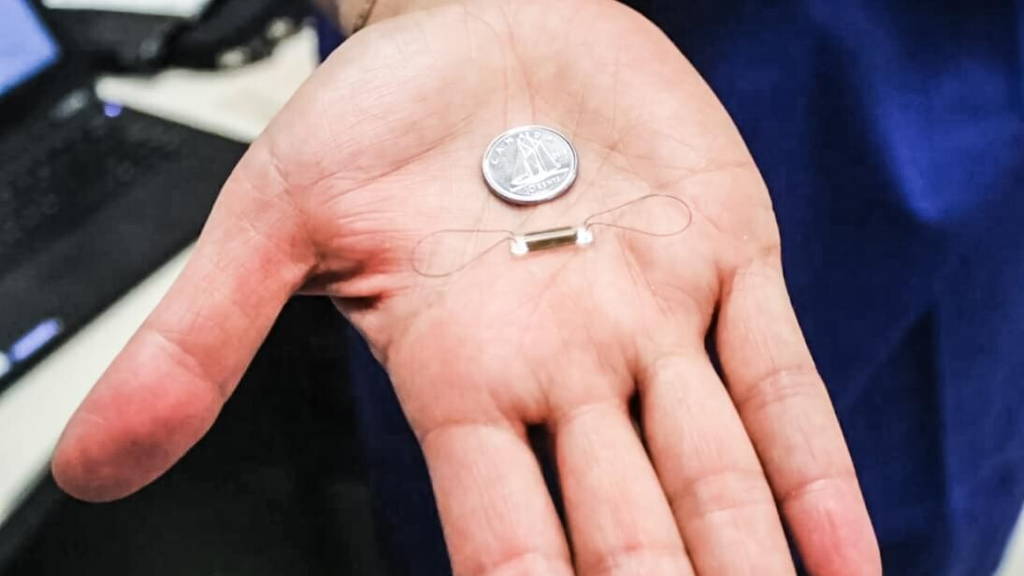“Heart failure is an epidemic that commonly leads to hospitalization,” says Dr. Heather Ross, scientific lead at the Ted Rogers Centre for Heart Research and cardiologist, Peter Munk Cardiac Centre, University Health Network. “Hospitalization is often necessary when patients start to retain fluid, develop congestion and experience shortness of breath. This technology is a way to directly measure how much fluid is in a patient, allowing us to intervene before they develop symptoms of congestion, before they end up in hospital.”
###canadian###
“Never before have we had the ability to obtain a patient’s accurate lung pressure data while they are outside the hospital,” said Meredith Linghorne, nurse practitioner, Peter Munk Cardiac Centre. “Traditionally we’ve relied on a patient describing symptoms, and by then they may have already progressed to the point of hospitalization. With this device, we can see warning signs days in advance, and adjust treatment accordingly.”
These patients live an average of 2.1 years after diagnosis and cost the Canadian health-care system more than $3 billion annually. About one-quarter of these patients return to hospital within three months, while approximately 50 per cent return to hospital within six months.
Produced by Abbott, the CardioMEMSÔ HF System is approved in the United States by the Food & Drug Administration (FDA) and is currently awaiting approval by Health Canada.
Butterfly-like sensor possible game changer
Funded by the Ted Rogers Centre for Heart Research, the device called CardioMEMS HF System was implanted by interventional cardiologists at the Peter Munk Cardiac Centre in March 2017. The system features a small butterfly-like sensor that then sits inside the pulmonary artery of a heart failure patient. When the patient lies on an accompanying antenna-equipped pillow device, the sensor provides important data – including the patient’s lung pressure readings to clinicians – via a secure website.###canadian###
“Never before have we had the ability to obtain a patient’s accurate lung pressure data while they are outside the hospital,” said Meredith Linghorne, nurse practitioner, Peter Munk Cardiac Centre. “Traditionally we’ve relied on a patient describing symptoms, and by then they may have already progressed to the point of hospitalization. With this device, we can see warning signs days in advance, and adjust treatment accordingly.”
Heart failure affects 26 mln people worldwide
Heart failure is the most rapidly rising cardiovascular disease in Canada. It affects close to one million Canadians, and an estimated 26 million people globally. In Canada, heart failure patients stay an average of almost 10 days for each hospital admission, accounting for 1.4 million hospital stays a year.These patients live an average of 2.1 years after diagnosis and cost the Canadian health-care system more than $3 billion annually. About one-quarter of these patients return to hospital within three months, while approximately 50 per cent return to hospital within six months.
25 patients fitted with heart monitoring system
The CardioMEMS HF System is designed to monitor heart failure patients whose condition is serious but who are not so ill that the technology cannot improve their outcome. The first Canadian patient implanted with the heart monitor will be among 25 patients within the Ted Rogers Centre for Heart Research at the Peter Munk Cardiac Centre who will be fitted with the device over the next nine months.Produced by Abbott, the CardioMEMSÔ HF System is approved in the United States by the Food & Drug Administration (FDA) and is currently awaiting approval by Health Canada.
